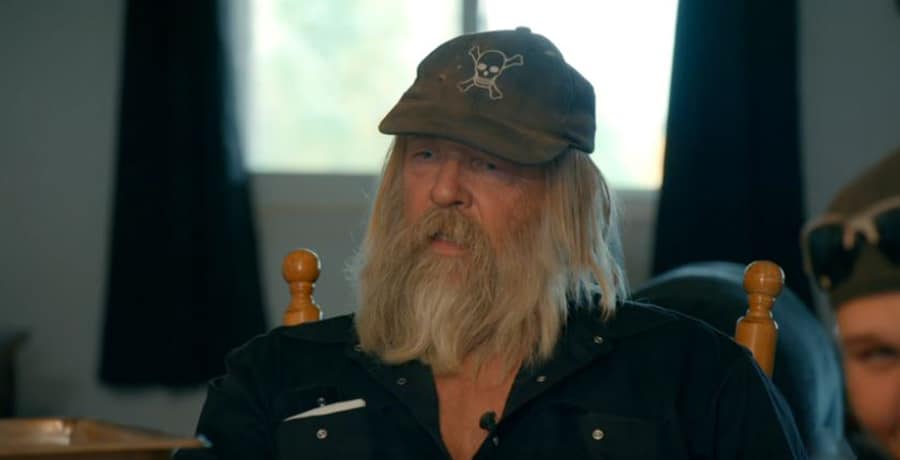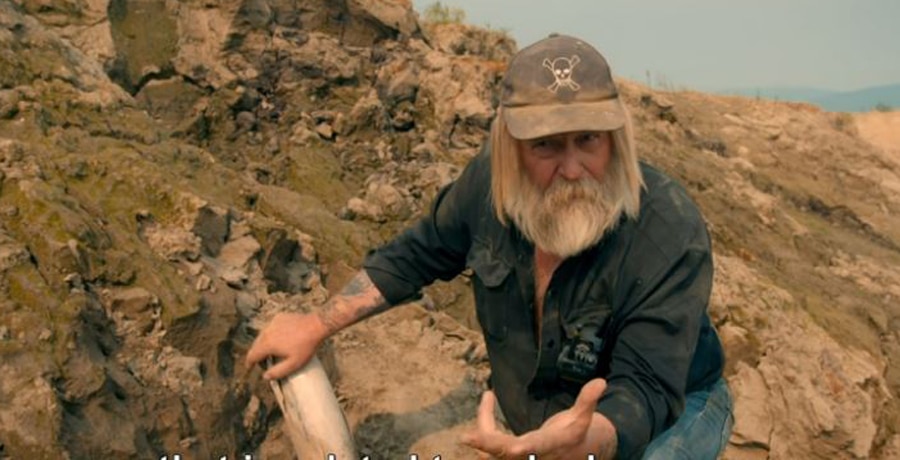‘Gold Rush’ Tony Beets Finds Tusks While Drilling For Oil

Gold Rush Tony Beets made a huge discovery while working his new site at Paradise Hill. However, this wasn’t gold that Tony found. Instead, he discovered a tusk and it was something that was very unique to this part of Alaska.
Here is a look at Tony’s discovery and what it means for the site.
Tony Beets finds a tusk on Gold Rush
Tony was out looking around his site and that is when he found a tusk sticking out of the ground. He had his son Mike come over and use their equipment to dig it out. Mike mentioned that it was a jawbone and Tony agreed that it might be right. Tony decided to call in the paleontologists to look at the find.
This means that Tony had to stop his work because of the find. Because it is such an important find, the paleontologists had to come in and dig out the rest of whatever might be there for this and he can’t get moving again until they decide there is nothing else to find when it comes to the archeological finds.
This is also something that is not unusual but is unique to this part of Alaska. This find was just 40 miles away from one of the most significant finds in recent years in Alaska. As Gold Rush showed, a news broadcast from two months before this showed a baby woolly mammoth found and uncovered at a gold mining site.
The baby wooly mammoth find
In June 2022, a nearly complete, mummified baby woolly mammoth was found at the Treadstone Mine in the Klondike gold fields. The Trʼondëk Hwëchʼin Elders named the mammoth calf Nun cho ga, meaning “big baby animal.”
The Yukon area is known for its record of ice age animals found. While Tony Beets said on Gold Rush that he has found horses and zebras before, this husk brought back memories of the wooly mammoth find. According to the news broadcast shown on Gold Rush, the baby wooly mammoth was at least 30,000 years old. Thanks to the ice and ground in the Yukon, prehistoric animals like this are preserved well.
The baby was so well preserved that paleontologists determined it was a one-month-old female. In 1948, a partial wooly mammoth was found, also near a gold mine in Alaska.
When it comes to the tusk Tony found on Gold Rush, experts believe that the wooly mammoth skeletons found were likely all part of the same family, and gold miners have been uncovering these sorts of bones since the Klondike Gold Rush over a century ago.
Are you impressed with the archeological find at Tony Beets’ site on Gold Rush? What are your thoughts about finding tusks like this in Alaska? Let us know your thoughts in the comments below.
- ‘Bluey’ Creator Reveals What Future Holds For Beloved Series - April 23, 2024
- ‘The Voice’ Fans Rage Over ‘Absurd’ Playoff Advisors - April 23, 2024
- ‘Young And The Restless’ Meg Bennett Dies At 75 - April 21, 2024


